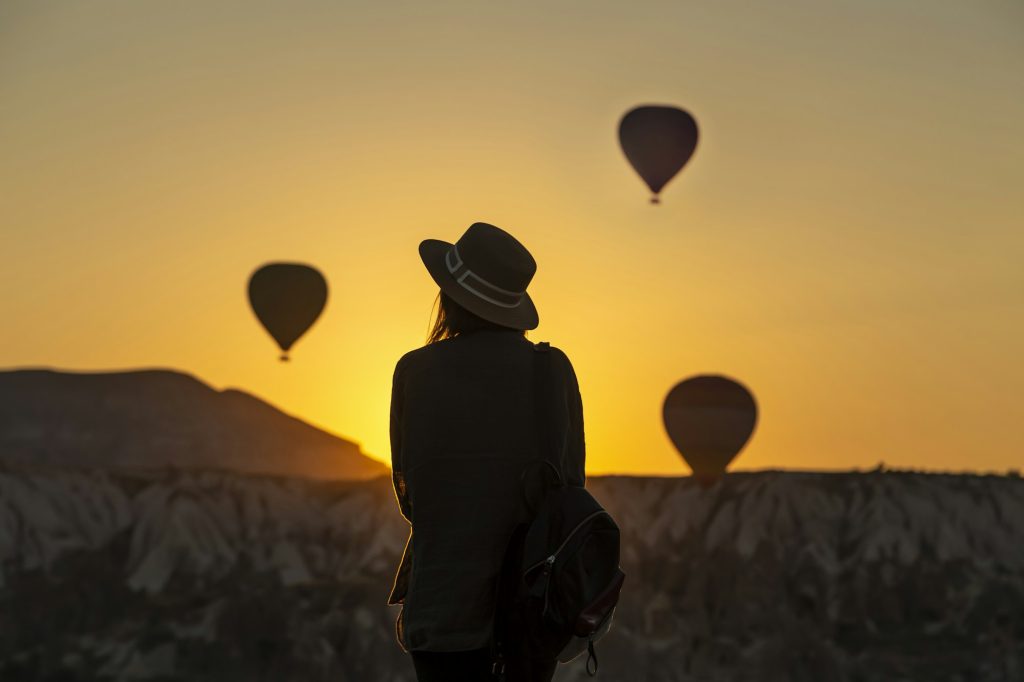Introduction
Wondering about the best time to visit East Africa? This diverse region offers breathtaking safaris, thrilling gorilla trekking, pristine beaches, and epic mountain treks. Whether you dream of witnessing the Great Migration, conquering Mount Kilimanjaro, or unwinding on Zanzibar’s white sands, choosing the right season can make all the difference. This guide will help you discover the best time to visit East Africa based on weather, wildlife, and adventure preferences.
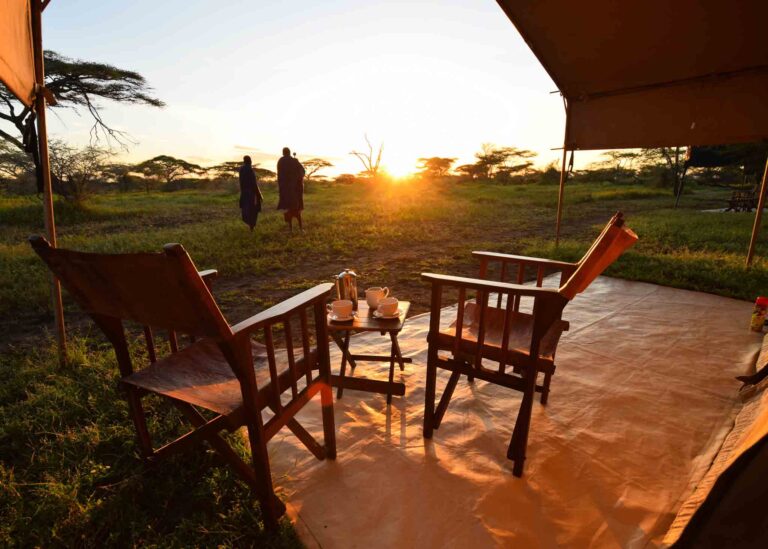
1. Understanding East Africa’s Climate
East Africa experiences two main seasons:
Dry Season (June – October) | Best for Safaris & Outdoor Activities
✅ Excellent wildlife viewing as animals gather around water sources.
✅ Clear skies and low humidity make it ideal for photography.
✅ Best time for climbing Kilimanjaro and gorilla trekking.
🚨 However, peak season means higher prices and more crowds.
Wet Season (November – May) | Best for Lush Landscapes & Budget Travelers
✅ Vibrant green scenery, fewer tourists, and lower prices.
✅ Calving season in the Serengeti (January – March) offers dramatic predator action.
✅ Great time for birdwatching, as migratory birds arrive.
🚨 Heavy rains in some regions can make roads and trails muddy.
2. The Best Time by Activity
 Best Time for Wildlife Safaris
Best Time for Wildlife Safaris
- June – October: Best for game drives in the Serengeti, Maasai Mara, and Amboseli.
- January – March: Witness the wildebeest calving season in the Serengeti, with plenty of predator action.
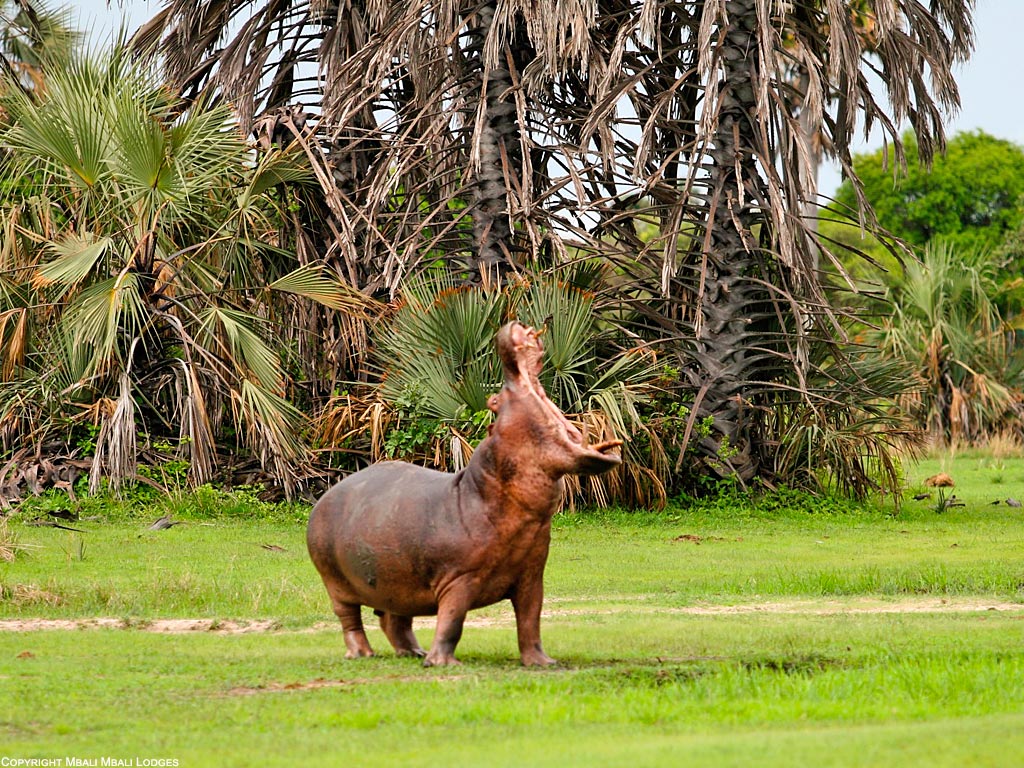
⛰️ Best Time for Climbing Kilimanjaro & Other Mountains
- January – March & June – October: Dry and clear weather, perfect for summiting Kilimanjaro, Mount Kenya, and Rwenzori Mountains.
🦍 Best Time for Gorilla Trekking (Uganda & Rwanda)
- June – September & December – February: Less rainfall means easier trekking through the forests.
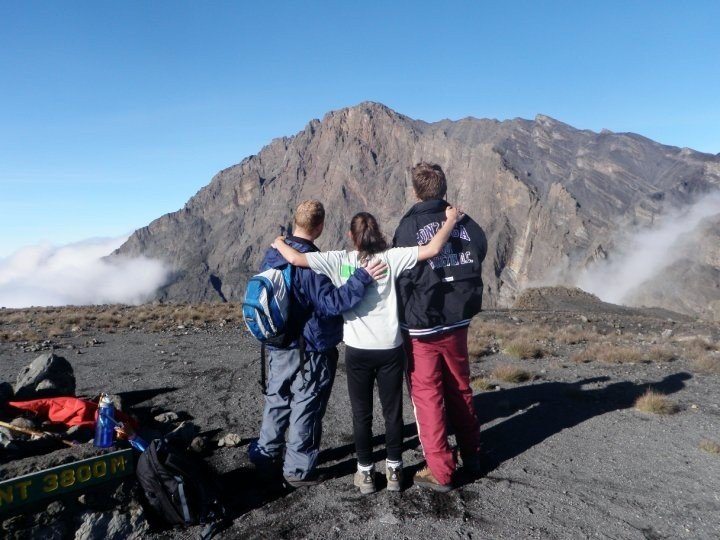
 Best Time for Beach Holidays (Zanzibar, Diani, Seychelles)
Best Time for Beach Holidays (Zanzibar, Diani, Seychelles)
- June – October & December – March: Crystal-clear waters, perfect for snorkeling, diving, and beach relaxation.
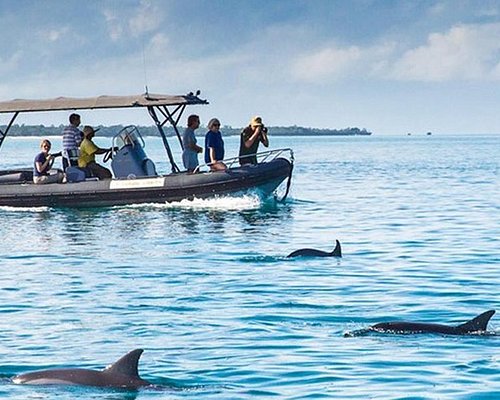
 Best Time for Cultural Festivals & Events
Best Time for Cultural Festivals & Events
- July – September: Maasai Mara Great Migration, Lamu Cultural Festival.
- February – March: Zanzibar’s Sauti za Busara music festival, wildebeest calving in Serengeti.

3. Month-by-Month Breakdown
🌿 January – March | Green Season & Baby Animals
- Best for: Serengeti calving season, climbing Kilimanjaro, birdwatching.
- Expect lush landscapes and fewer crowds.
☀️ April – May | Low Season & Budget-Friendly Travel
- Best for: Quiet safaris, photography, and great hotel deals.
- Expect occasional heavy rains but stunning greenery.
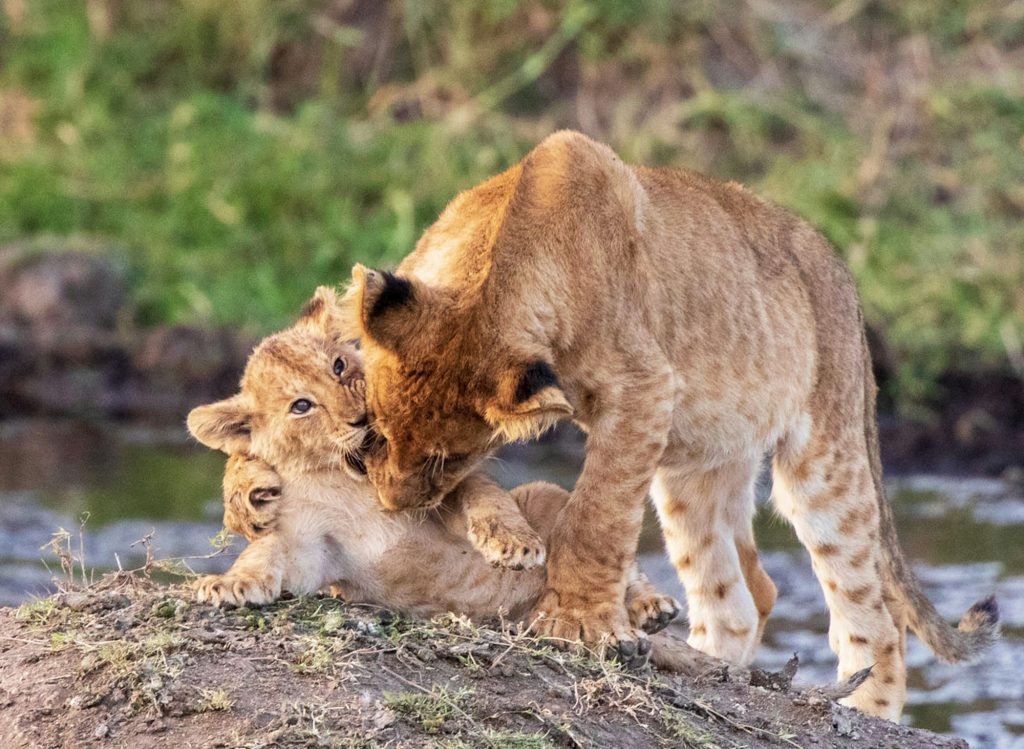
🌞 June – October | Peak Safari Season & Ideal Weather
- Best for: The Great Migration, gorilla trekking, beach holidays.
- Expect dry conditions and excellent wildlife viewing.
🎄 November – December | Start of the Short Rains & Festive Travel
- Best for: Birdwatching, affordable safaris, and cultural festivals.
- Expect light showers but great travel deals.
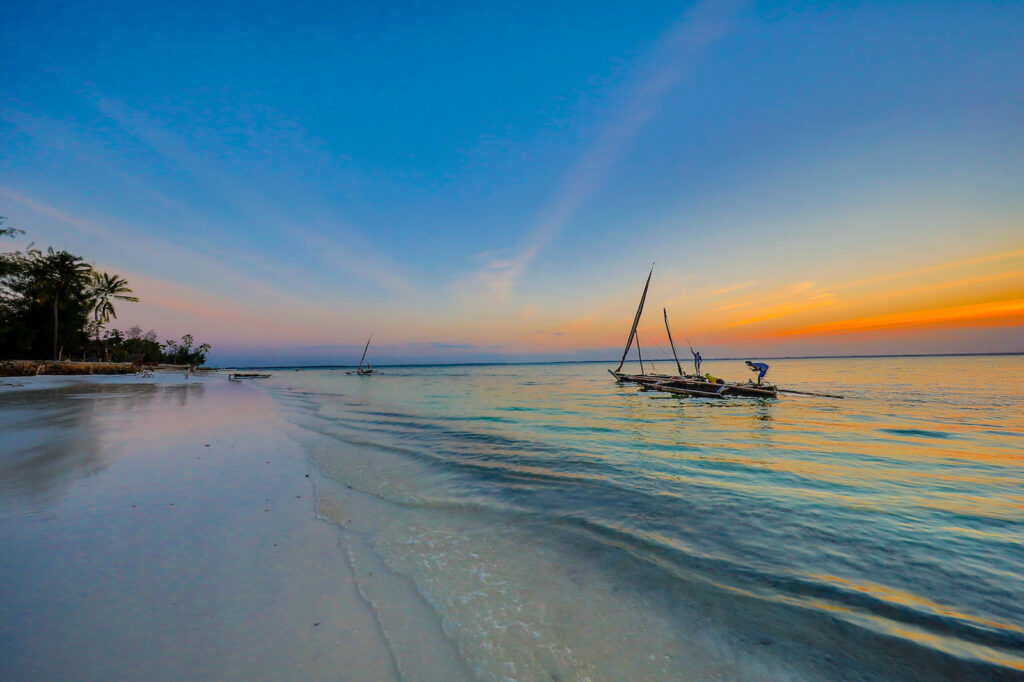
4. Budget & Crowd Considerations
| Season | Best For | Budget | Crowds |
|---|---|---|---|
| Peak Season (June – October) | Wildlife, trekking, beaches | High 💰💰💰 | Busy 🚶🚶🚶 |
| Shoulder Season (Jan – March, Nov – Dec) | Calving, gorillas, festivals | Medium 💰💰 | Moderate 🚶🚶 |
| Low Season (April – May) | Budget travel, birdwatching | Low 💰 | Few 🚶 |
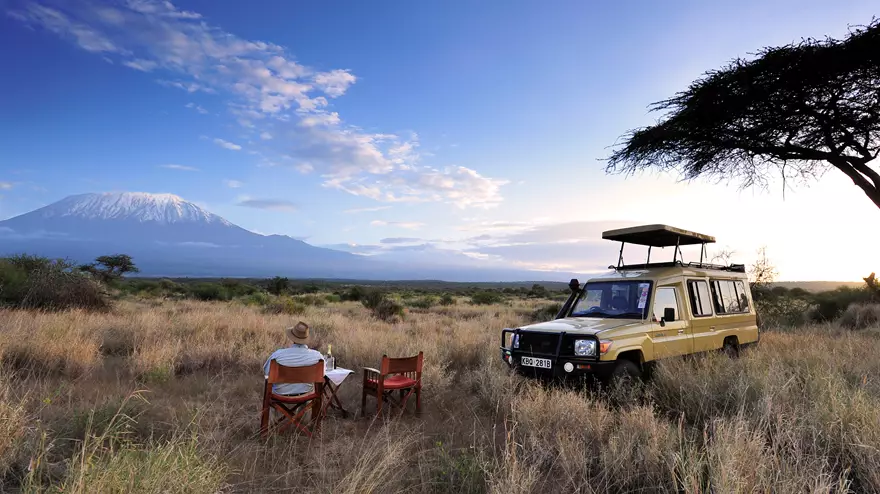
5. Conclusion: Choosing Your Perfect Time
The best time to visit East Africa depends on what you want to experience:
✔️ For Safaris & Migration → June to October
✔️ For Climbing Kilimanjaro → January – March, June – October
✔️ For Gorilla Trekking → June – September, December – February
✔️ For Budget Travel & Green Scenery → April – May
✔️ For Beach Holidays → December – March, June – October
East Africa is magical all year round, so pick a time that suits your adventure style! 🌍✨
